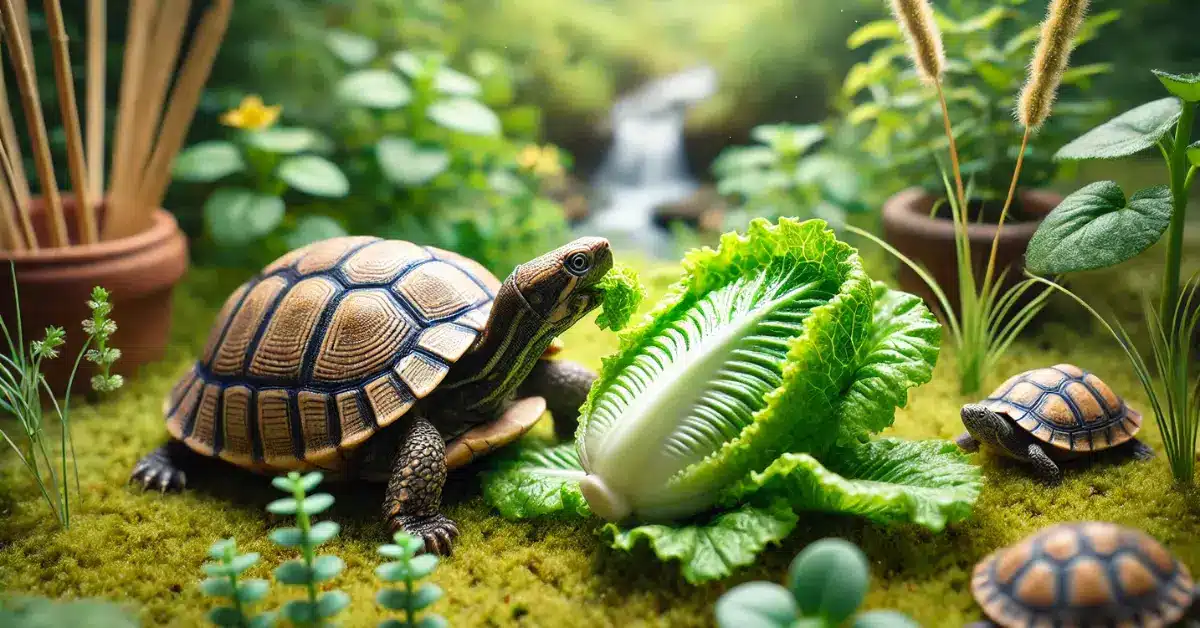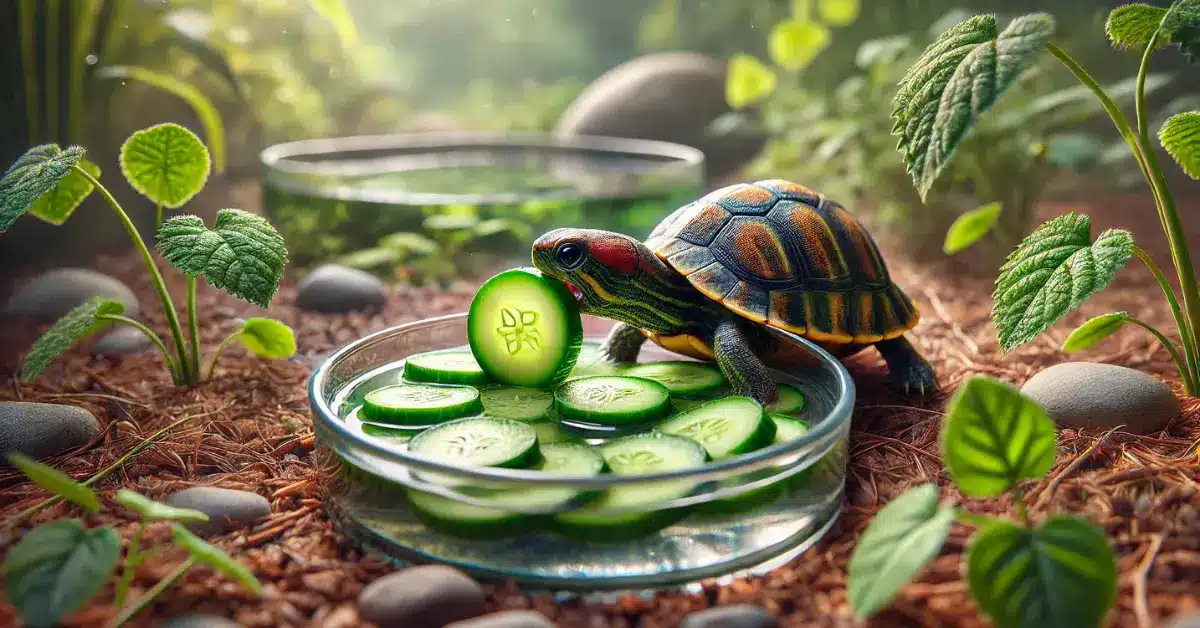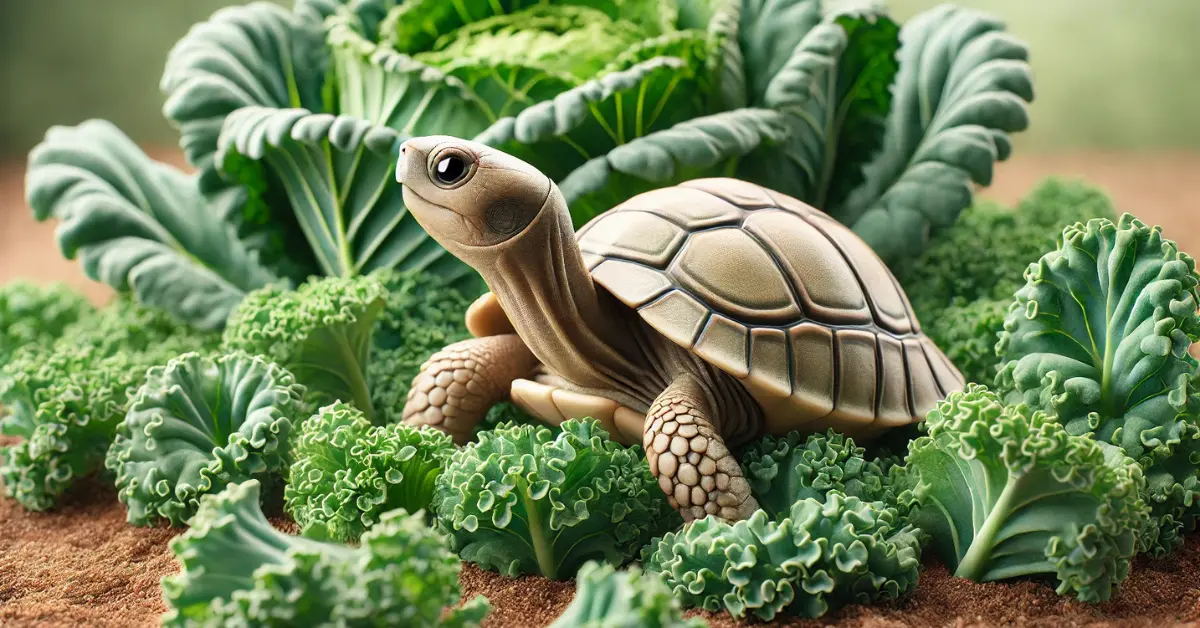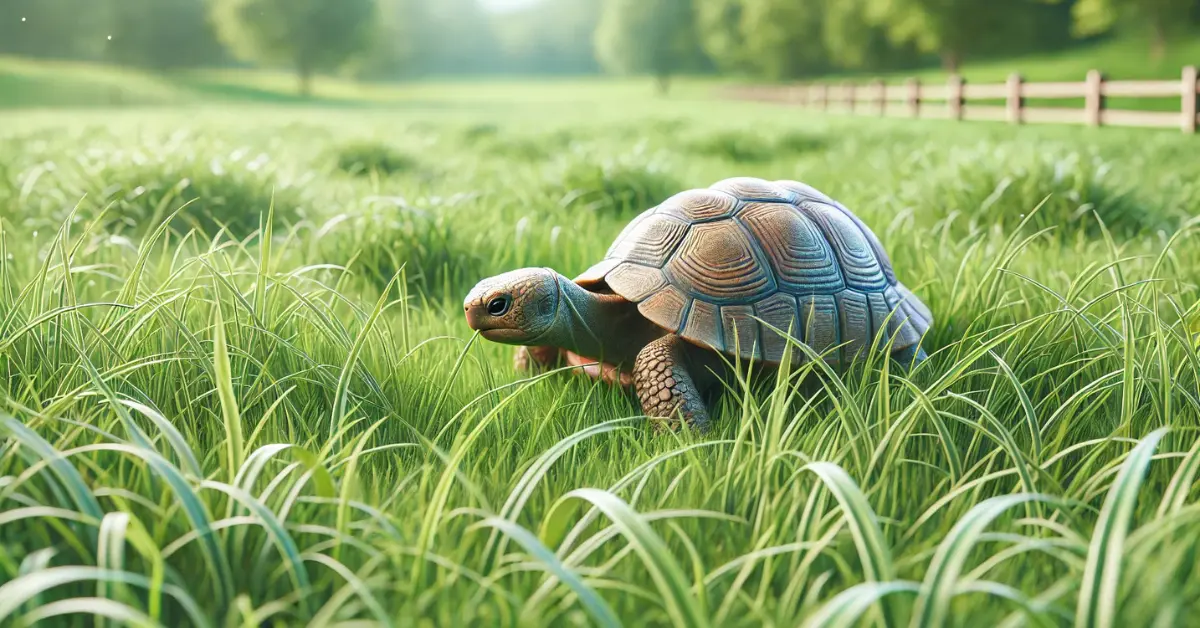Welcome to our newest blog at theturtles.info! Today, we’re exploring “How Big Are Turtle Eggs” to learn all about the different sizes and amazing behaviors of turtle eggs from around the world. Join us as we discover how these eggs help turtles survive and grow. Let’s dive into the exciting world of turtles and their incredible eggs!
Table of Contents
ToggleFactors Influencing Turtle Egg Size
Turtle Species and Their Unique Characteristics
Turtles come in many sizes, and so do their eggs. Here’s a quick look at some types:
- Sea Turtles: These turtles travel a lot across the oceans and lay eggs that are quite big, about as large as a ping pong ball.
- Freshwater Turtles: These turtles are smaller than sea turtles, and their eggs are too—about the size of a small marble.
- Tortoises: These land turtles can lay a range of egg sizes, but usually, they are bigger than those of other land turtles.
Egg-Laying Patterns and Nesting Behaviors
The way turtles lay their eggs and where they lay them can also change the size of the eggs. Sea turtles, for example, lay their big eggs on sandy beaches. Turtles that lay eggs in places with lots of plants might have smaller eggs to help protect them better.
Habitat and Environmental Conditions
Where turtles live affects their eggs too. Turtles living in places with lots of food might have bigger eggs. If turtles live in places without much food or in dirty water, their eggs might be smaller.
Measuring Turtle Eggs
Average Egg Dimensions Across Turtle Species
Here’s a simple guide:
- Diameter: Turtle egg sizes can vary. They can be as small as 2 centimeters across in some freshwater turtles or as big as 5 centimeters across in sea turtles.
- Length: The length of the eggs usually matches how round they are.
- Volume: This tells us how much space the egg takes up, which helps us understand how big it is inside.
Comparative Analysis of Egg Sizes
- Smallest Turtle Eggs: Usually found in smaller freshwater turtles, these eggs are tiny and delicate.
- Largest Turtle Eggs: Sea turtles win here with some of the biggest eggs among turtles.
Egg Shape and Its Significance
The shape of a turtle’s egg can be round or a bit long and tells us about how turtles have adapted to their homes. Rounder eggs don’t roll away and are good for sandy places, while longer eggs fit well in narrow spaces.
Egg Size and Hatchling Development
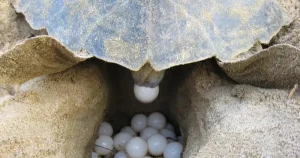
Relationship Between Egg Size and Hatchling Size
The size of a turtle egg can give us a good idea of how big the baby turtle will be. Generally, bigger eggs lead to bigger baby turtles. These larger hatchlings often have a better chance at surviving because they are stronger.
Incubation Period and Hatching Success
Turtle eggs don’t all hatch at the same speed. How long they take to hatch can depend on things like how warm it is around the eggs. Warmer weather can make the eggs hatch quicker, but if it’s too hot or too cold, it might make it hard for the hatchlings to come out successfully.
Factors Affecting Hatchling Growth and Survival
After baby turtles hatch, their growth and survival are influenced by several factors:
- Food Availability: If there’s plenty of food, the hatchlings will grow well and stay healthy.
- Predators: Baby turtles have many predators like birds and big fish. Safe areas with fewer predators help more baby turtles grow up.
- Environmental Conditions: Clean and healthy surroundings with no pollution help baby turtles thrive.
Read more: How Many Eggs Can a Turtle Lay?
Conservation Implications
Protecting Turtle Nesting Sites
It’s very important to keep the places where turtles lay their eggs safe. This means ensuring that the beaches or riverbanks are not disturbed by too much noise or too many people, which can scare the turtles away.
Challenges Posed by Habitat Loss and Climate Change
Turtles are facing big problems because their homes are being changed or destroyed. Things like building too much near the beaches or polluting the environment can ruin their nesting sites. Also, climate change is warming the planet, which can affect the number of male and female turtles born, changing the future population.
Ensuring Sustainable Turtle Populations
To make sure turtles are around for future generations, we need to take care of their environments and protect them from threats like illegal hunting and pollution. Helping turtles survive is also good for keeping our oceans and rivers healthy, which is good for everyone on the planet.
Read more: What Do Turtle Eggs Look Like?
Amazing Turtle Egg Facts
Record-Breaking Turtle Egg Dimensions
Here are some cool records about turtle eggs:
- Largest Turtle Eggs: Leatherback sea turtles lay the biggest turtle eggs. Some are over 5 centimeters across—almost as big as a tennis ball!
- Smallest Turtle Eggs: The tiniest turtle eggs are from the speckled padloper tortoises in South Africa. These eggs are so small you could place one on a coin.
Unusual Egg-Laying Behaviors
Turtles have some really interesting ways of laying their eggs:
- Multiple Nests: Loggerhead turtles make several fake nests near their real nest. This tricks predators and keeps the eggs safer.
- Long Travels: Female sea turtles go back to the exact beach where they were born to lay their eggs, even if it means traveling thousands of miles.
Adaptations for Nesting in Diverse Environments
Turtles have clever ways to make sure their eggs can survive in different places:
- Temperature-Sensitive Eggs: Whether turtle hatchlings become boys or girls depends on how warm or cool the sand is where the eggs are. Warmer sand usually means more girl turtles, and cooler sand means more boy turtles.
- High Tide Avoidance: Some turtles, like the olive ridley sea turtle, lay their eggs based on the moon’s phases. This helps them avoid times when high tides might wash the eggs away.
Conclusion: The Wonders of Turtle Eggs
As we wrap up our exploration of “How Big Are Turtle Eggs” on our website theturtles.info, we’ve learned so much about these amazing turtle eggs. From the huge eggs of leatherback sea turtles to the special ways turtles protect their babies, every detail helps us understand how turtles survive and adapt to their environments.
We’ve talked about how different turtles lay different sizes of eggs and how things like temperature and where they lay their eggs can help baby turtles grow up healthy and strong. Turtles are incredible creatures with a long history on our planet, and their eggs play a big part in keeping turtle populations going.
Thank you for joining us on this exciting journey at theturtles.info. Each turtle egg carries the promise of a new turtle life, showing us how important it is to look after the places where turtles live.
Keep exploring with us, and let’s keep learning and caring about these wonderful animals, so they continue to thrive in our world for many years to come.
FAQs About How Big Are Turtle Eggs
How big are turtle eggs?
Turtle eggs vary in size depending on the species. Sea turtle eggs can be as large as a tennis ball, about 5 centimeters in diameter, while smaller freshwater turtle eggs might only be about 2 centimeters in diameter.
Do larger turtles always lay larger eggs?
Not always, but generally, larger turtle species like leatherbacks tend to lay larger eggs. However, there are exceptions, and egg size can also be influenced by the turtle’s environment and health.
How many eggs do turtles lay at one time?
The number of eggs a turtle lays can vary widely. Some sea turtles can lay over 100 eggs in a nest, while smaller freshwater turtles might lay only a few dozen or even less.
Does the size of a turtle egg affect how long it takes to hatch?
Yes, generally larger eggs take a bit longer to hatch than smaller ones. The incubation period can also be influenced by the temperature of the environment around the eggs.
Why do some turtles lay small eggs?
Smaller eggs might be an adaptation to the turtle’s environment. For example, turtles that need to lay eggs in safer, more concealed locations might have smaller eggs that are easier to cover and protect.
Can the size of turtle eggs tell us anything about the health of the mother turtle?
Yes, the size of the eggs can sometimes reflect the health and nutrition of the mother turtle. A healthy turtle in a good environment usually lays bigger, healthier eggs.
How do conservationists measure and monitor turtle egg sizes?
Conservationists measure the diameter, length, and sometimes the weight of turtle eggs. Monitoring these sizes over time helps them understand the health of turtle populations and the impact of environmental changes.
What happens if turtle eggs are too small?
If turtle eggs are unusually small, it might indicate that the mother turtle didn’t have enough nutrients. Smaller eggs might have a lower chance of hatching successfully or producing healthy hatchlings.

